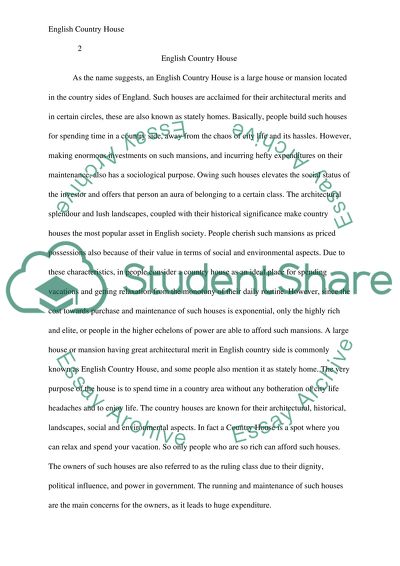Cite this document
(“English Country House Essay Example | Topics and Well Written Essays - 3000 words”, n.d.)
Retrieved from https://studentshare.org/architecture/1395640-english-country-house
Retrieved from https://studentshare.org/architecture/1395640-english-country-house
(English Country House Essay Example | Topics and Well Written Essays - 3000 Words)
https://studentshare.org/architecture/1395640-english-country-house.
https://studentshare.org/architecture/1395640-english-country-house.
“English Country House Essay Example | Topics and Well Written Essays - 3000 Words”, n.d. https://studentshare.org/architecture/1395640-english-country-house.


